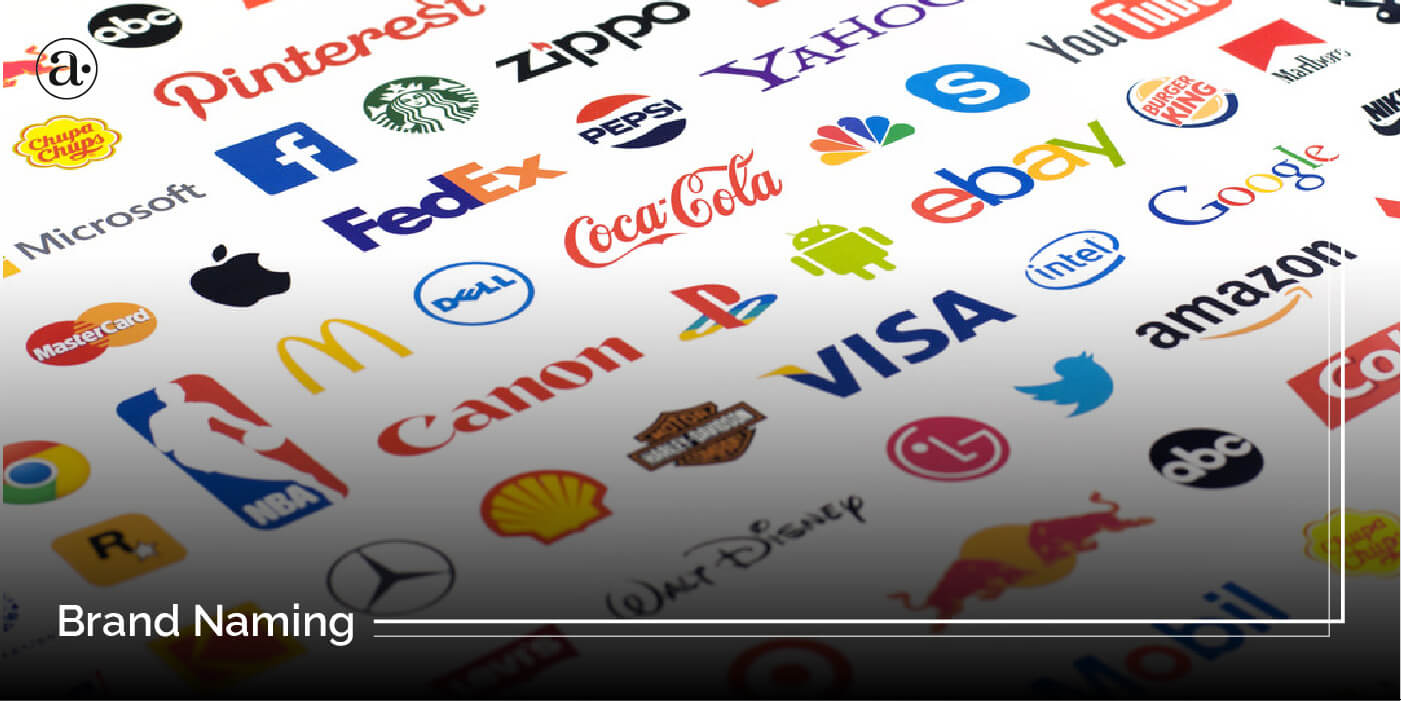You may be looking to launch your next project and wonder how to come up with a brand name. The process of naming your brand requires a lot of creativity and patience. It can be very time consuming but I have broken down 5 easy phases that anyone can use when coming up with a brand name.
Avoid rushing the process and make sure you have an idea of what your brand is about first before deciding on the name. Why does your brand exist? What makes your brand different? What are you trying to convey through your name? Also, how would you describe your target audience? What are your competitors names? These questions need to be addressed beforehand.
Naming your brand in 5 steps
Step 1: Establish A Criteria
Before getting started you need a criteria to help you decide on the right name. What are some examples of brand names you like and why? How about names you dislike? Why do you dislike them? What are you trying to convey through your brand name? Also what perceptions are you trying to avoid? Even in other languages. A positive name could have negative associations in other cultures.
A good brand name should be easy to pronounce and spell. It should also be easy to remember. Your brand name should suggest something positive about what your brand is about or the quality that customers receive. It should also not already be used by another brand that is selling something similar.
Step 2: Word cloud
Start by gathering a list of as many words as possible that are related to your brand. Start with at least 10 and then expand into 100 based on the first 10 words. I hope it does not feel like English homework to you. At this stage the goal is quantity over quality. This exercise is a great way to come up with words to use in other forms of brand messaging as well. The words don’t have to be directly associated but even indirectly would work. The words don’t even have to be in English. Then gather these words and use them for the next step.
Step 3: Ideation
Based on the words you gathered you can begin exploring different types of names and generate 70 to 100. At this phase the goal is still quantity over quality so the names don’t have to be perfect, just as many as possible. This way you can get your creative juices flowing and notice some connections down the road. It is important to also be open minded because creativity is key at this phase. You might also need to do a little more research.
Explore names that directly or metaphorically describe your brands experience, product or service
Metaphors can indirectly imply hidden ideas as well. One example is Amazon which compares the company’s inventory of products to the Amazon river which is one of the largest in the world. They are communicating that they have a diverse range of products from A-Z. Home Depot, on the other hand, uses a name that directly describes what the brand is about which is the storage and sales of large quantities of home maintenance equipment and products. Brand names that clearly describe what the company sells may also rank better on google because the brand is named after words that people are searching for.

Consider names derived from foreign languges
Names derived from foreign languages can also be considered. You can consider South American, European, African, Middle-Eastern and Asian languages when naming your brand. For example, Volkswagen means “People’s Car” in German while Zappos is derived from the Spanish word “Zapatos” for shoe. Chipotle is also derived from the Aztec phrase for chilli pepper that is smoked and dried. Sometimes you can use Google translator to find out how a word translates to other languages.

Try names of mythical or historical origin
Names of Mythical or Historical origin can also be considered. You can get inspiration from Mythology/folklore or name your brand after historical figures. (e.g Nike is Named after the Greek Goddess of Victory and Tesla is named after Nikola Tesla the inventor. Starbucks is also derived from the famous story of Moby Dick and Alibaba comes from the middle eastern folklore, “One Thousand and One Nights”.)

Don't be afraid to twist and distort phrases and concepts
One example is Google which was derived from the number Googol which is a large number 1 followed by 100 zeros. This communicates the large body of information that the brand provides to the masses. WhatsApp also distorts the phrase ‘what’s up’ in a creative way. Waze distorts the word ‘ways’ to describe the many ways you can get to your location.

You can also name your brand after yourself, family members or who ever the founder of the company is.
This is also popular in the luxury sector or when the founder has a strong reputation. You can also combine two or more names together or even initials when naming your brand. Some examples are Burberry(Thomas Burberry), Heineken(Gerard Heineken), Adidas(‘Adi’ Dassler) and Gucci(Guccio Gucci).

Consider acronyms or shortening words
Consider acronyms or shortening words. Especially if your industry is full of Jargon and technical terms. For example, Microsoft is short for Microprocessor and Software while IBM is short for International Business Machines. FedEx is also short for Federal Express.

Try mashup names
Mashup names are also another way to sound more modern when naming your brand. It is often used to appeal to a younger or more millennial audience. It is commonly used in social media and apps. By combining two or more phrases together you can create something new that sounds catchy. (e.g face+book, Snap+Chat, Pay+Pal.) But mashup names are critiqued because they usually form a hump in the middle when spelled out. They make your logo have camel letters.

Consider the names of places, animals or things that are associated with your brand.
You can also consider places, animals or things that have some form of association with your brand and what you are trying to convey. The place doesn’t even have to be popular. One example is The North Face which is named after the North Face of the half dome in Yosemite, California. Puma is also named after an animal that is known for its speed and Dove is associated with cleanliness. Your name can be inspired by the name of a street or even a color. The animal can even be extinct or the place does not have to be on this planet.

You can also derive names from past memories
A past memory can be the story of how your brand was founded. If you look back at the story you can find inspiration. (e.g Virgin Group came up with its name because the founders were inexperienced at business and were naive at first so considered themselves Virgins since they were new to the world of branding.

Lastly, if you are still struggling with naming your brand then consider just making up words! Your brand name does not have to have a meaning and could be a made up word like Spotify! or Yelp! As long as it sounds nice and is at least easy to pronounce and remember then it should work fine.
Step 4: Consider Context
Narrow down your ideas by considering how your your brand name would work in real life scenarios. Which of them is easier to pronounce or spell? Which of them is easier to remember? Which of them are most appropriate based on your initial criteria you decided on?
You can also consider how your brand name will rank on an alphabetical list based on the first letter. One example is Amazon which starts with an ‘A’ to make it rank among the first in a list. Although it’s not mandatory, you can consider how your brand name will rank on Google based on keyword research. You can consider brand names that have keywords in them to give you an advantage when it is used as a URL.
A great brand name should also inspire catchy phrases and messaging as well as design to go with it, from logos to creative advertising and merchandise. Sometimes you may decide you prefer a name after you see how nicely it translates into a logo or other applications. How does your chosen idea translate visually? Also, do you plan to extend your brand in the future? If so then your name can allow you to easily extend into different sub-categories.
Step 5: Legal and Domain Steps
At this point you can begin Legal and Domain Checks to narrow down your ideas further. This is the most crucial phase because you won’t want to decide on a brand name that a lot of people already have. Try not to rush this phase and take weeks to research your chosen names. At this phase you are doing your final research to make sure your name is available or feasible.
Most web hosting providers allow you to search and find out if your name is available. One example is Hostgator which you can find by Clicking this link. If it is a great name then there are chances that it has already been taken. You can visit the United States Patent and Trademark Office (USPTO) website to confirm if your name is available. If it is feasible you might need to purchase it by trademarking your name to make sure others don’t get a hold of it as well. You also wan’t to check google to see if there are any other companies with the same name in your area or industry.
In conclusion, naming your brand requires you to really think outside the box and be opened to possibilities. It also requires patience and you might need more time to really generate ideas and make the right decision. Be sure to have as many people onboard as possible during the process, not after. Consider legal implications and long-term possibilities as well.
If you still need further help with developing a name for your brand then click here and let’s set up a free consultation. If you found this article helpful then you might also enjoy my previous one titled : 10 Branding Mistakes That Entrepreneurs Can Avoid.






